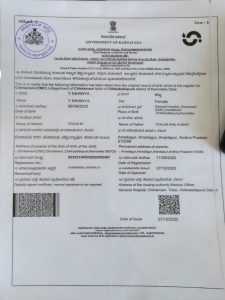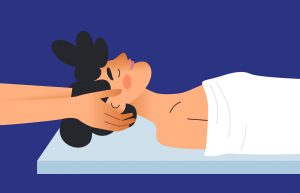Physiotherapy East Sheen Can Help
When pain strikes, you want the help of a physiotherapist as soon as possible. But often you’re too busy or housebound to get to the clinic, which can delay treatment and recovery for weeks, months or even a lifetime. That’s why East Sheen physiotherapist Phoebe Machin has developed an innovative mobile physiotherapy service to come to you.
Many workers lead sedentary lives, sitting behind desks for most of the day. As a result they’re at a high risk for developing musculoskeletal problems. Taking the time to think about workplace ergonomics can prevent those problems, and save companies money in health care costs and lost productivity.
At Physiotherapy East Sheen we offer a physiotherapy consultation that includes a detailed history and a musculoskeletal assessment. We will tell you what is causing your problem, and what needs to be done to reduce it. This may include manual therapy, such as massage, manipulation and mobilisation, acupuncture and electrotherapy (ultrasound, interferential etc), as well as exercise rehabilitation.
Mark Edgar spent 15 years as part of the team that turned Britain’s rowers into world beaters, but he and his partner Stephanie are just as dedicated to keeping local residents healthy and active at the Sheen Physiotherapy & Sports Clinic in Sheen Lane. They also treat people from all walks of life, including a wide range of cyclists.
In today’s fast-paced work environment, where long hours are spent sitting at desks and staring at screens, workplace ergonomics has become a crucial concern for both employers and employees. Poor ergonomics can lead to a myriad of health issues, including musculoskeletal disorders, repetitive strain injuries, and decreased productivity. However, with the help of physiotherapy, individuals in East Sheen can mitigate these risks and improve their overall well-being in the workplace.

Physiotherapy East Sheen Can Help With Workplace Ergonomics
Physiotherapy plays a significant role in addressing ergonomic challenges by focusing on optimizing body mechanics, posture, and movement patterns. Through a combination of tailored exercises, manual therapy, and ergonomic assessments, physiotherapists can identify and rectify issues that contribute to discomfort and pain in the workplace.
One of the primary benefits of physiotherapy in improving workplace ergonomics is its personalized approach. Physiotherapists assess each individual’s unique needs, taking into account their job requirements, existing health conditions, and ergonomic challenges. This personalized approach ensures that interventions are targeted and effective, leading to long-term improvements in comfort and productivity.
A common issue in many workplaces is prolonged sitting, which can lead to postural imbalances and musculoskeletal strain. Physiotherapists employ various techniques to address this, including posture correction exercises, stretching routines, and ergonomic modifications to workstations. By promoting proper alignment and movement patterns, physiotherapy helps individuals alleviate strain on their muscles and joints, reducing the risk of injuries such as back pain and carpal tunnel syndrome.
Furthermore, physiotherapy can enhance awareness and self-management of ergonomic principles among employees. Through education sessions and ergonomic training, physiotherapists empower individuals to identify ergonomic hazards in their work environment and implement corrective measures independently. This proactive approach not only fosters a culture of health and safety but also reduces the likelihood of future injuries and absenteeism.









